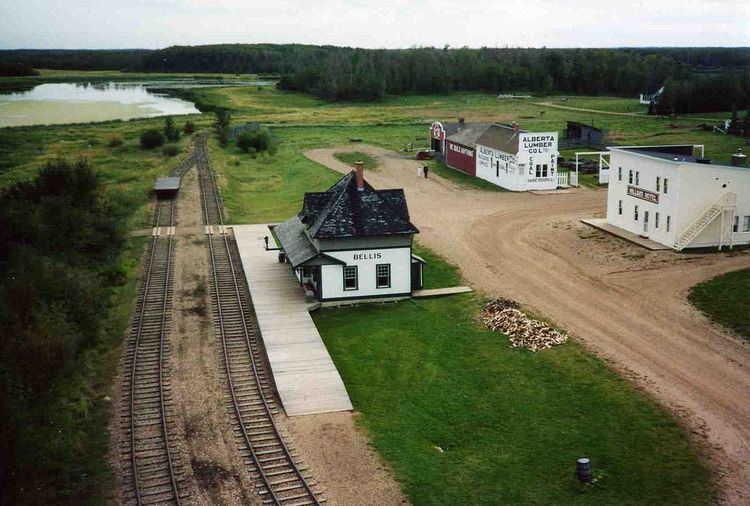Established 1974 Phone +1 780-662-3640 | ||
 | ||
Website www.history.alberta.ca/ukrainianvillage Address Hwy 16 E, Tofield, AB T0B 4J0, Canada Similar Elk Island National Park, Fort Edmonton Park, Royal Alberta Museum, Kalyna Country, Edmonton Valley Zoo Profiles | ||
Ukrainian cultural heritage village phantom 3 pro
The Ukrainian Cultural Heritage Village (Ukrainian: Село спадщини української культури, translit. Selo spadshchyny ukrains’koi kul’tury) is an open-air museum that uses costumed historical interpreters to recreate pioneer settlements in east central Alberta, Canada. In particular it shows the lives of Ukrainian Canadian settlers from the years 1899 to 1930. Buildings from surrounding communities have been moved to the historic site and restored to various years within the first part of the twentieth century.
Contents
- Ukrainian cultural heritage village phantom 3 pro
- Ukrainian cultural heritage village volunteer opportunities
- Monuments
- Buildings
- Overview
- Farmsteads
- The newly arrived immigrants
- The Bukovynian settlers
- The Galician settlers
- The later immigrants
- Ukrainian Canadian farmers
- Rural community reflecting 192530 time period
- Town site reflecting 192530 time period
- Affiliations
- References
"The Village", as it is colloquially known, has a very strong commitment to historical authenticity and the concept of living history. The Village uses a technique known as first-person interpretation which requires that the costumed performers remain in character at all times (or as much as is feasibly possible). Actors answer all questions as if it is the year their building portrays. Although this technique is off-putting for some visitors at first, it allows for a much stronger experience of immersion in history than traditional third-person interpretation where the actor acknowledges that he is, in fact, in a museum.
The village is in Lamont County on the Yellowhead highway, on the eastern edge of Elk Island National Park.
Ukrainian cultural heritage village volunteer opportunities
Monuments
Buildings
The Historic Site is divided into thematic areas: the Overview, the Farmsteads, the Rural Community, and the railway-centred Town site.
Note: the spellings used for names and locations are those from the year the building portrays, and may not match those in use today
Name (indicates family name of original owners or name of original town location) and year restored to:
Overview
Provides an introduction to Galician and Bukovynian immigration to Canada by showing the homes of three important settler families. Iwan Pylypow was the first Ukrainian immigrant to Canada; his third house in Canada is preserved here. His family was Galician. The second house is that of Mykhailo Hawreliak – the Hawreliaks were a large Ukrainian Bukovynian family who settled in the Shandro area. By the 1920s Mykhailo Hawreliak was quite successful, and the house preserved here has five bedrooms and a cistern that provided rainwater to the kitchen. The cousin of the owner of this house, William Hawrelak, later became the first Ukrainian Canadian mayor of Edmonton. The Nazar Yurko family was also from Bukovyna, but was of Romanian descent. Their grandson, William Yurko, became a member of cabinet in the Alberta government in the 1970s.
Farmsteads
Shows different farmyards from different eras/stages of development.
The newly arrived immigrants
The Bukovynian settlers
The Galician settlers
(under development)
The later immigrants
Ukrainian-Canadian farmers
Rural community (reflecting 1925–30 time period)
Town site (reflecting 1925–30 time period)
Affiliations
The Museum is affiliated with: CMA, CHIN, and Virtual Museum of Canada.
